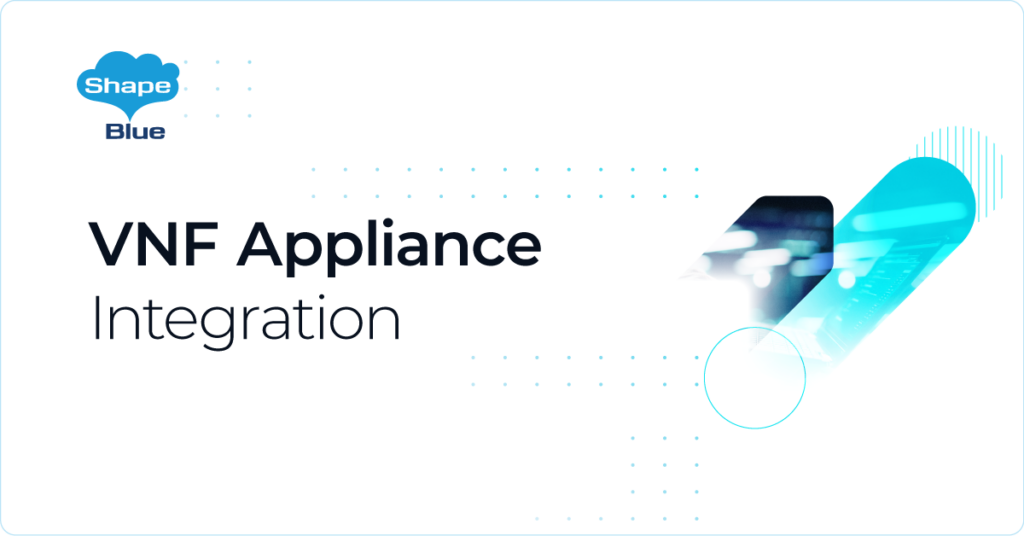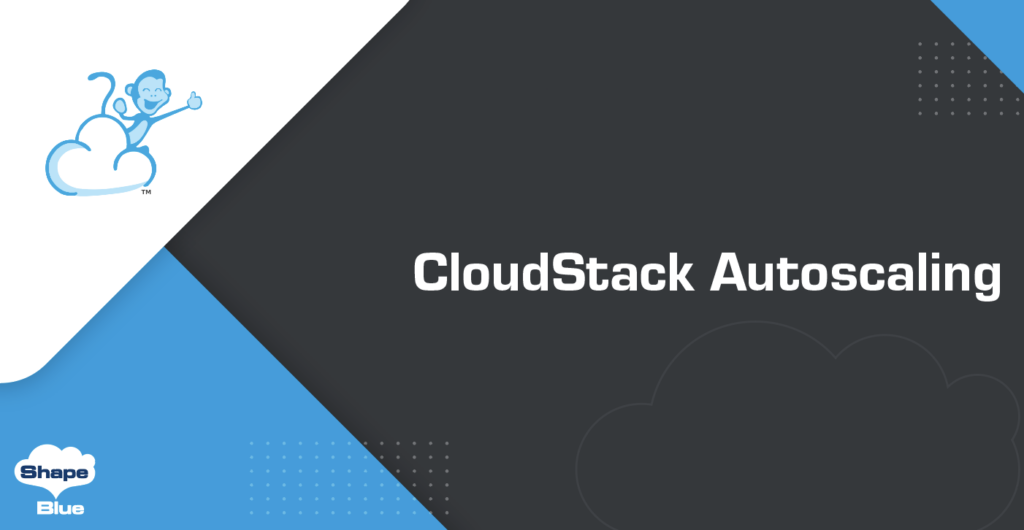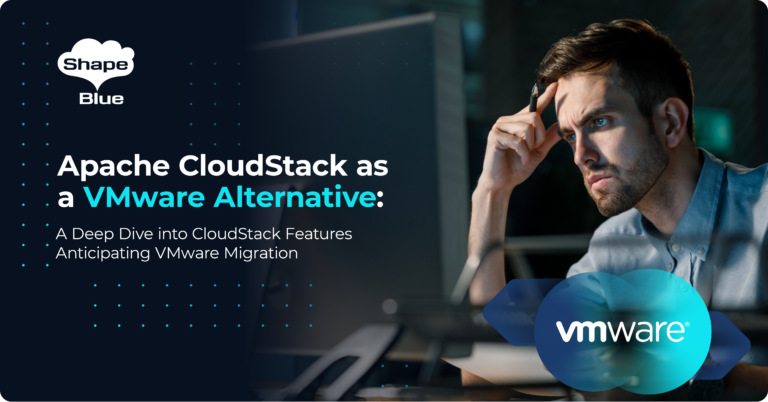Giles Sirett, Managing Consultant of ShapeBlue, the cloud specialists, takes a first look at Apache CloudStack 4.0.
The Apache software foundation yesterday announced their first release of the CloudStack Cloud Management platform. This is the first release from the Apache community since Citrix’s donation of the technology to them in April of this year.
The first thing to note is that this release has come with a surprisingly full set of new features. Like many people I’d thought that the effort from the Apache guys in the last 6 months would focus on a proper incubation process for the technology instead of forging ahead with lots of new features: which I thought was a sensible approach. So the extensive list of new features has come as a pleasant surprise.
Only a few weeks ago, Citrix themselves released their own 3.0.5 version of the product (under their commercial banner “Citrix Cloudplatform powered by Apache CloudStack”). Most (but not all) of the features of 3.0.5 have been incorporated into 4.0. I expect to see 4.1 (or 4.01) incorporate the rest of these features and some of the more exciting stuff in the roadmap.
However this is not all about Citrix. What can be seen from the 4.0 release is the power of a well governed open-source project doing what it does best: encouraging innovation and opening up the roadmap to anybody with good ideas. At least two of the features below have been contributed by people who want to integrate their technology with CloudStack. This is really exciting. With the CloudStack community set to explode in the next few months (SunGard and Cisco both now look committed to the project) , expect to see the integration points rise exponentially .
Some of the features I discuss here have already been reviewed in my recent article on 3.0.5
So, lets have a look at whats new
Inter-VLAN Routing
This was one of the features developed by Citrix for 3.0.5 . This gives users of CloudStack the ability to create segmented networks within their own virtual networking environment. It was just about possible to achieve this with previous versions but it required a series of complicated workarounds. Inter-VLAN routing will now let service providers, etc offer true Virtual Data Center style solutions to their customers.
Site-to-Site VPN
Again, a Citrix 3.0.5 feature. The lack of an inbuilt site-to-site VPN was probably the biggest single feature that our customers have been requesting over the past 6 months. If people are going to offer public cloud based on CloudStack, then the consumers of that cloud need a way to easily integrate their existing on-premise infrastructure. Cisco ISR and Juniper J-Series are the supported end-points
Local Storage Support for Data Volumes
The single biggest cost in most IaaS clouds is the storage. For some time with Cloudstack we’ve been able to leverage local (read “cheap”) storage for VM instances, but we were limited to data disk’s being on primary shared (read “expensive”) storage. The ability to use Local storage for data volumes means that we really can truly exploit the concept of cheap commodity hardware and horizontal scaling.
Support for Nicira NVP (L2)
We all know that software defined networks (aka network virtualization) is the way that networking is going. In the cloud world, the advantages of hardware independence, flexibility on security and operational efficiencies are magnified ten-fold. Nicira are leaders in this space and, to date, have been public in their backing of Openstack – not surprising seeing that they were recently acquired by VMware. Now that this integration with CloudStack has been released, its going to be interesting to see if Nicira make as much noise about this as they do their Openstack integration.
This new feature, gives us the ability to use Nicira network through the CloudStack API instead of the CloudStack virtual router.
Ceph RBD Support.
Another key integration is support for RBD, the RADOS block device from Ceph. I see this as the next generation of storage solutions: it will allow the striping of CloudStack VM disks across a Ceph cluster , hopefully giving good performance, but critically, giving massive scalability benefits: no need to keep adding SAN’s as your cloud scales. There are some limitations of the integration a far as I can see: it only works for primary storage, system VM’s won’t work on Ceph (so you need an alternative storage mechanism to support them), snapshotting doesn’t work and it only works on KVM.
Caringo support
In the same space is the addition of support for Caringo CAStor. I haven’t seen this working yet, but it seems to me that it is for secondary storage only at the moment. I’m guessing that this is a similar USE-CASE to using Swift for secondary storage: the ability to have templates, snapshots, ISO’s, etc effectively delivered to Cloudstack as a service, overcoming the issue of needing to maintain them all across multiple availability zones. For me though, the true value of object based storage will be when we’re able to offer it as a storage option to the consumers of CloudStack clouds. For that, I think a bit more effort will be required.
AWS support beefed – up
Support for the AWS API’s is now integral to CloudStack and has been developed further – I think everybody knows where that’s going!
Other features
Virtual Resource Tagging, Secure Console Access on XenServer, creating a VM without immediately starting it, Uploading an existing Volume to a Virtual Machine and Dedicated High-Availability Hosts have all been added
Legal restrictions (on which Chip explains in great detail here ) mean that VMware, NetApp and NetScaler support have changed slightly. During install, people will have to go and get the required Jar files for these technologies and then check an option during the build process. This is purely a way of meeting Apache’s strict legal governance guidelines.
Again, also for legal reasons, it’s important to note that Apache only releases source code. People will have to look to alternative sites to find the binaries or compile themselves. So, I think its essential that people have a good look at the updated install guide before installing !
There’s one bit of bad news: 4.0 does not support OVM. I understand that this is again due to legal reasons and is going to be rectified in an upcoming release.
Summary
An excellent start from the Apache community. Lots of new features as well as overcoming all of the legal and other issues concerned with putting a project under Apache governance. For me, the most exciting piece here is that we can see contributions coming in from vendors and 3rd parties who are “not Citrix” .
Giles is CEO and founder of ShapeBlue and is responsible for overall company strategy, strategic relationships, finance and sales.
He is also a committer and PMC member of the Apache CloudStack project, and Chairman of the European Cloudstack User Group, actively helping promote brand awareness of the technology.





